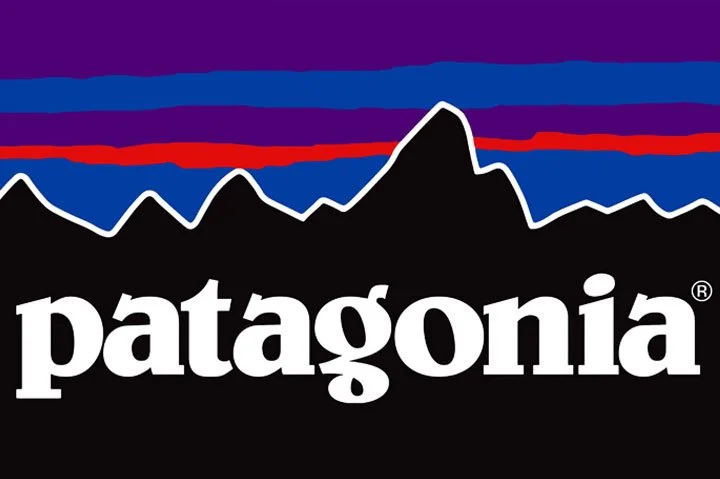Case Study
How might we improve the ease of use and reduce the learning curve?
Case study project through the University of Wisconsin- Madison UI/UX Bootcamp.
**I am not associated with monday.com*
My Role
Team
Solo Researcher (me)
Peer and Teacher Review
Tools
Figma
Google Drive
Time
3 Weeks
End Users
Monday.com users
The Problem
There appears to be a high “learning curve” when it comes to making use of the platform. Monday.com needs the platform to keep the current feel of its experience while improving its ease of use and reduce the learning curve so that trial users convert.
Problem Statement
Research Process
Empathize
Empathy was the key to tackling this problem. First, I needed to find out why users found the platform overwhelming and hard to learn. User interviews gave me insight into what specifically was overwhelming others about Monday.com. From those interviews, I was able to create a persona and hypothesize how they would interact with the application in order to reveal more pain points.
User Interviews
I had three in-depth user interviews from project managers from different companies that all had experience with monday.com and other work management software.
Overall, the three users all stated that the main issue with Monday.com was that users had to go to multiple different places across the software to retrieve the data they needed. This led to split reporting and more work for users.
Persona
In order to better empathize with the users and expose more pain points, I created a persona who would use Monday.com to consolidate overall progress data for his company.
Product Analysis
In order to really empathize and get a better understanding of Jerry’s experience, I signed up for a Monday.com account and created fictional Product, Marketing, and Sales departments each with personalized tasks, boards, and dashboards, for Jerry to synthesize.
User Journey
I wanted to see what Jerry was doing, how they were feeling, and what they were thinking while going through the process of synthesizing data.
This gave me the specific insight that most of this process was confusing, overwhelming, or annoying for Jerry. (Sorry, Jerry)
Define
The interviews and user journey all revealed that a main reason that users had to go to multiple places across the site to retrieve the data they needed was due to how monday.com shows data on what they call “dashboards”.
Since this was such a big pain point for Jerry and all the users in their interviews, I wanted to focus my possible solutions even more on the users experience with data gathering and dashboards.
Site Map
I created a site map to further explore Jerry’s and the users experience. I wanted to see what possible solutions may already exist within the current framework of Monday.com
The site map of Monday.com also confirmed the users and Jerry's experience showing that there is a lot of different places data can be but it also revealed that there is a possible place for consolidated data to be housed: the Main Workspace.
Empathize
Though-out this defining process, I am always thinking about Jerry and the Users. If I were to implement this “Main Workspace” What would it look like for users?
UX Flow
The UX flow showed that if the Main Workspace is ineffective at consolidating data, the user will have to do a lot of backtracking while seeking out data within the program and consolidating data outside the program by writing the information down somewhere else. This matched the experiences of our user interview reports and user journey.
UX Flow Happy path if Main Workspace Is Effective
In this first flow section, Jerry goes to the main workspace. In an ideal flow, the data would be complete and he would be done right then. In this case, and in the cases of our user interviews, the data is incomplete so Jerry is forced to seek out the data in the individual workspaces.
UX Flow if Main Workspace Is NOT Effective
This second part of the flow shows that because the data in not all in once place, Jerry has to go through each individual departments workspace dashboard to collect the data. Jerry has to backtrack a lot in order to ensure he collects all the data he needs to make his report. This backtracking and lack of consolidation also matched the experiences of our user interview reports and user journey.
Define
The main issue the user interviews, Jerry’s journey map, the UX flow, and the site map revealed with Monday.com is that there was no effective way to see consolidated data over multiple workspaces and dashboards. This could cause users to be constantly navigating across workspaces & feeling overwhelmed which could contribute to them not wanting to continue their trial of monday.com.
Ideate
Possible next steps for this issue can be:
Create a space for consolidated data to go with expanded synchronizing capacity and ability to display more data.
Create more customizable widgets that can allow for users to display selected data from across dashboards.
Create a tutorial or chatbot for users to better be able to use the synchronizing tools that already exist for dashboards.
Conclusion
I had two main takeaways from this project:
Don't come up with a solution before research is complete
I had an idea for a solution right off the bat and for a period of time felt like I was trying to force my solution into a situation it did not fit.
The journey is the destination
Ralph Waldo Emerson said, “It's the not the destination, It's the journey.” If I just follow the process, the issues and solutions will reveal themselves, I just need to trust the research and leave preconceived notions and solutions behind in order to see what the users and research is trying to tell me.




























